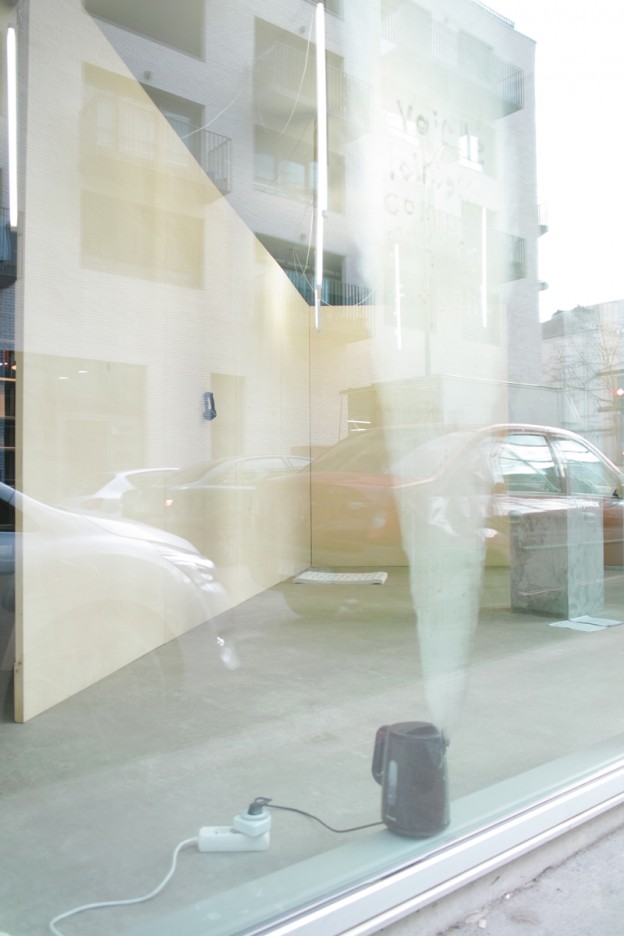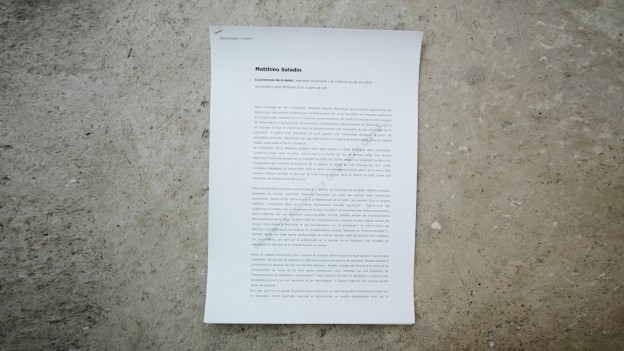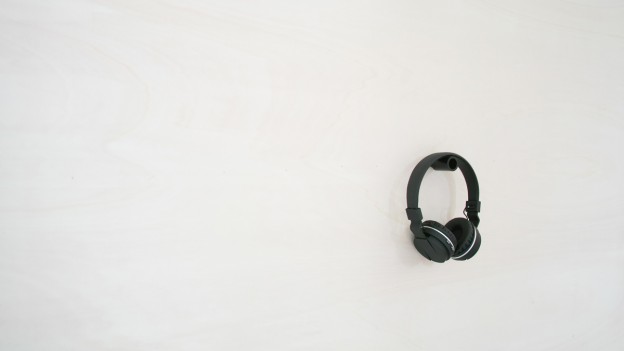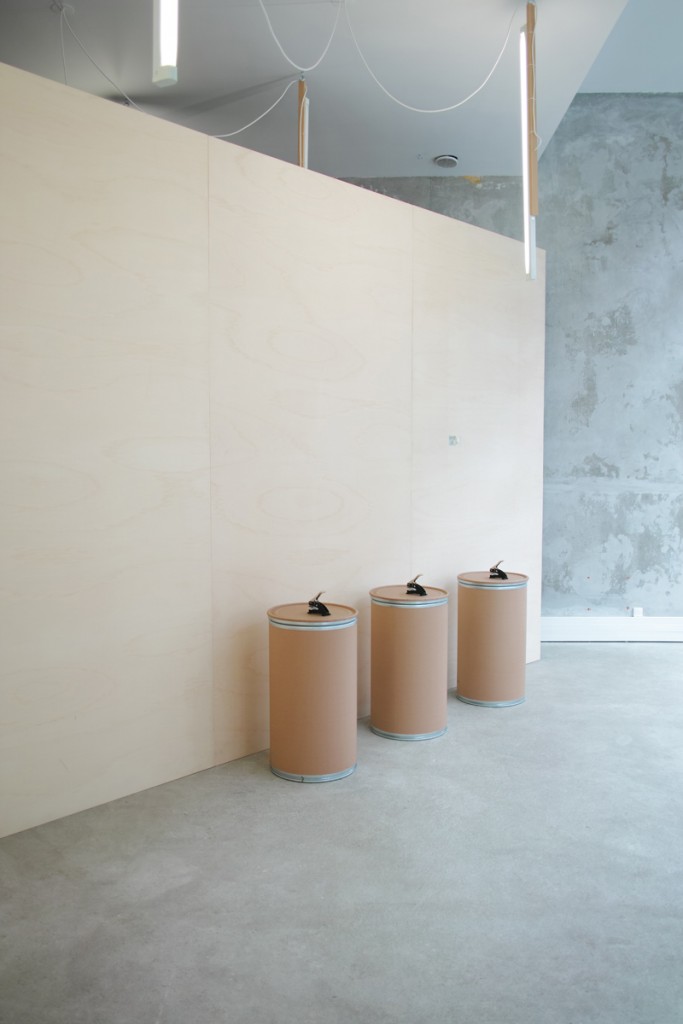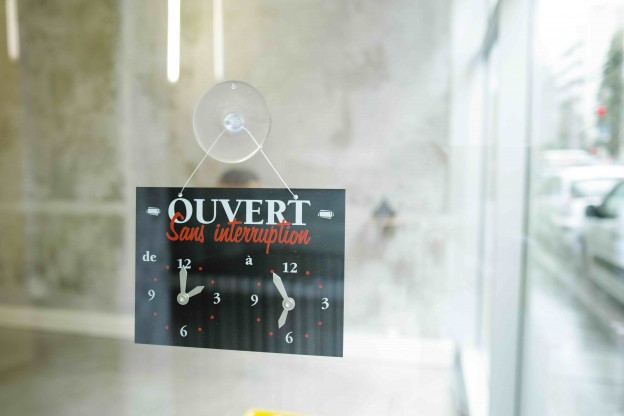2016-2021
Soundtrack, amplified transducers, audio player, USB key.
Sound installation. The European Crisis Time Capsule is a collection of speeches made by politicians about recent European crises. The installation unfolds in four chapters (debt crisis, migrant crisis, Brexit, COVID-19 pandemic). The speeches are modulated by vocoder, a voice transformation software originally used by the army to encode and decode messages sent over long distances, then popularized in the 1970s by electronic music. The title of the piece itself refers to a work for choir by North American composer Alvin Lucier, North American Time Capsule (1967), in which each performer describes the cultural context of the time while his or her voice is processed by vocoder. Here, the statements of José Manuel Durao Barroso, Mario Draghi, Jean-Claude Juncker, Boris Johnson, Christine Lagarde, Angela Merkel, Alexis Tsipras, among others, are in turn electronically transformed in such a way that each parameter of the vocal software is indexed on the curve of an index referring to the source speech (growth, inflation, unemployment rate, poverty rate, public debt, etc.)
The random sound is played via transducers made invisible by being hidden behind, in or under furniture or structural elements of the exhibition space (heaters, picture rails, air vents, etc.), so that the voices appear as ghosts, haunting the place and disturbing the listener’s listening in an unpredictable way.
Bande son, transducteurs amplifiés, lecteur audio, clé USB.
Installation sonore. La pièce European Crisis Time Capsule donne à entendre un ensemble de discours prononcés par des acteur·rices politiques autour de crises européennes récentes. L’installation se déploie en quatre chapitres (crise de la dette, crise migratoire, Brexit, pandémie de la COVID-19). Les discours sont modulés par vocoder, un logiciel de transformation vocale originairement utilisé par l’armée pour le codage et le décodage de messages envoyés sur de longues distances, puis popularisé dans les années 1970 par les musiques électroniques. Le titre de la pièce lui-même fait référence à une œuvre pour chœur du compositeur nord-américain Alvin Lucier, North American Time Capsule (1967), où chaque interprète décrit le contexte culturel de l’époque tandis que sa voix est traitée par vocoder. Ici, les déclarations de José Manuel Durao Barroso, Mario Draghi, Jean-Claude Juncker, Boris Johnson, Christine Lagarde, Angela Merkel, Alexis Tsipras, parmi d’autres, sont tour à tour transformées électroniquement de telle sorte que chaque paramètre du logiciel vocal est indexé sur la courbe d’un indice renvoyant au discours source (croissance, inflation, taux de chômage, de pauvreté, de la dette publique, etc.)
La diffusion aléatoire s’effectue via des transducteurs rendus invisibles en étant dissimulés derrière, dans ou sous des mobiliers ou des éléments structurels de l’espace d’exposition (chauffages, cimaises, bouches d’aérations, etc.), de sorte que les voix apparaissent comme fantomatiques, hantant les lieux et troublant l’écoute des auditeur·rices de manière imprévisible.
Christine Lagarde, « Greece in Acute Crisis », 2015.

